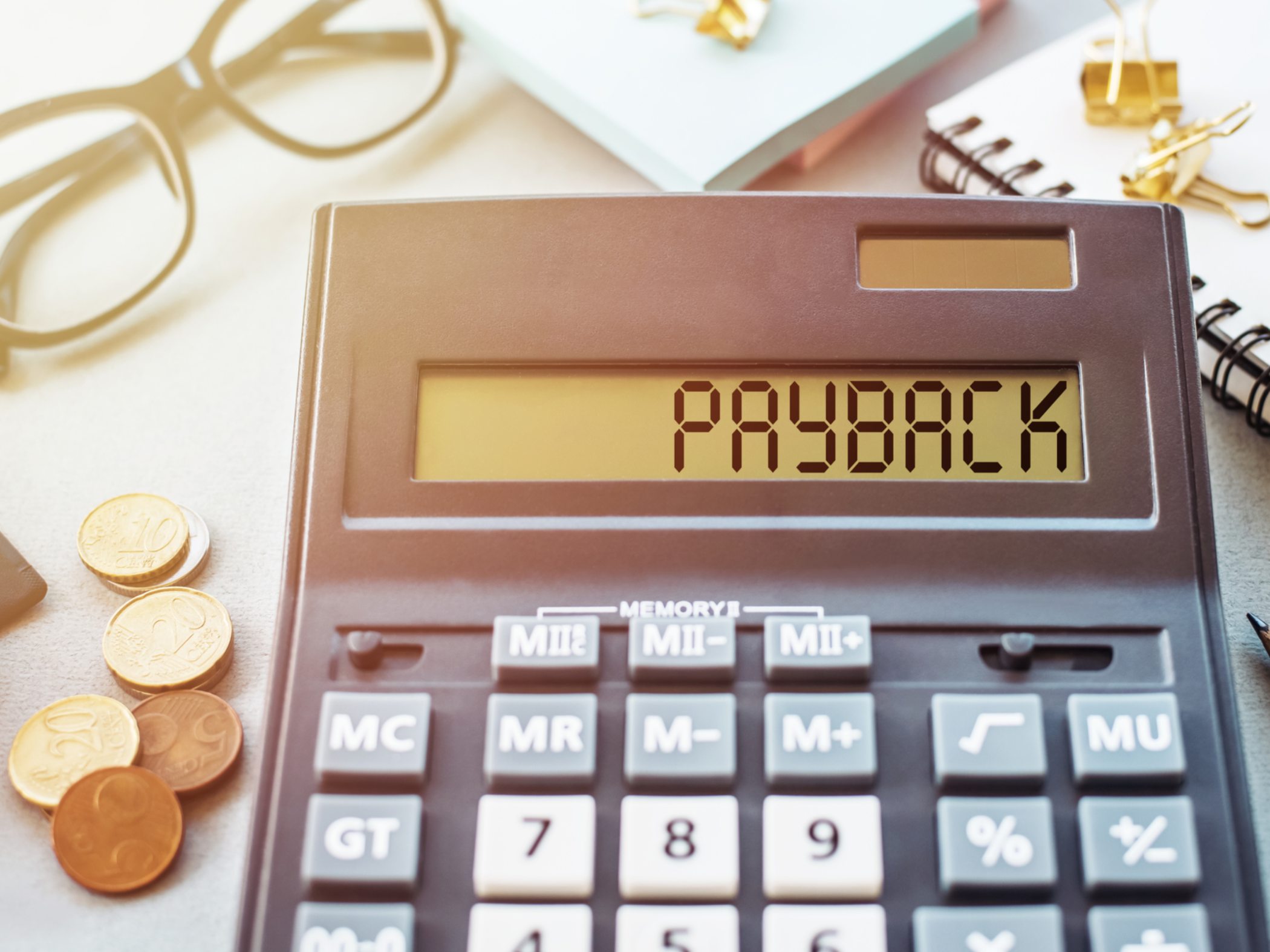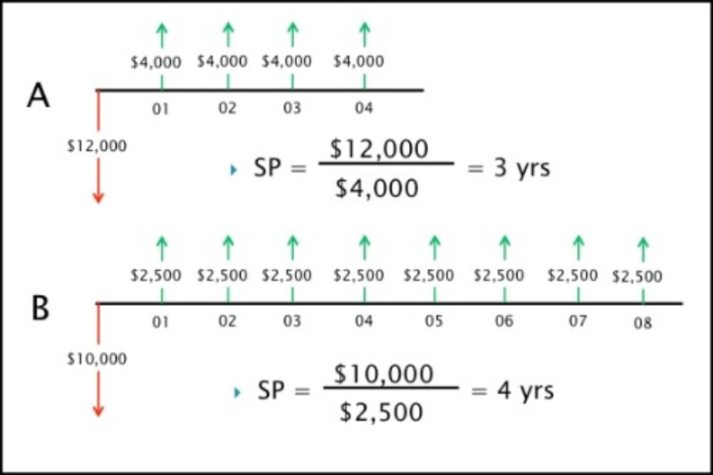An energy efficiency upgrade is just one of many investment options to choose from when you're looking to reduce costs and increase revenue. There are a variety of analysis tools available for weighing the costs and benefits associated with an investment and helping you decide whether the choice is financially sound. Payback is the simplest and most widely used such tool.
How soon will I get my money back?
This is the most basic question in any investment. In analyzing an energy efficiency project, payback tells you how long it'll take until you realize a return on your investment. Simple payback looks at the amount of time — typically in years — for the total cash flow from a project to reach zero. Cash flow includes any initial and subsequent costs associated with an energy project, as well as any savings directly relating to it.
How does simple payback help you analyze different investment options? The following payback calculations for two lighting upgrade options provide an example. Option A has an initial cost of $12,000, and an annual savings of $4,000, while option B has a lower initial cost of $10,000, but an annual savings of only $2,500. To calculate simple payback (SP), divide the initial costs by the annual savings.
Which is the better investment? In this analysis, option A is the better choice, despite the higher initial cost. The investment is recovered in three years, rather than four years, as with option B.
Using simple payback
As a financial analysis tool, simple payback has a number of advantages. It's quick and easy to use, and readily fits into calendar-driven budgets and operating goals. Simple payback is best applied when:
- Costs are relatively small for your budget
- Only one significant operating cost, such as electricity, is involved
- Annual cash flows are steady
- There's a simple operating comparison, such as high-efficiency equipment versus a standard unit
Some equipment examples where simple payback provides useful insight for investment options include exit signs, lamps, lighting fixtures and building controls.
While it's a practical tool, simple payback often provides only a limited view of the potential benefits of an energy project. It doesn't account for cash flows after the payback period; therefore, it may short-change any positive, long-term value associated with the project.
Also, this tool treats money in its present day value, failing to take into account that money received in the future tends to be less valuable than money received today. More sophisticated financial analysis methods, such as net present value (NPV) and internal rate of return (IRR), examine the changing value of money and how it can influence actual return on investment.


